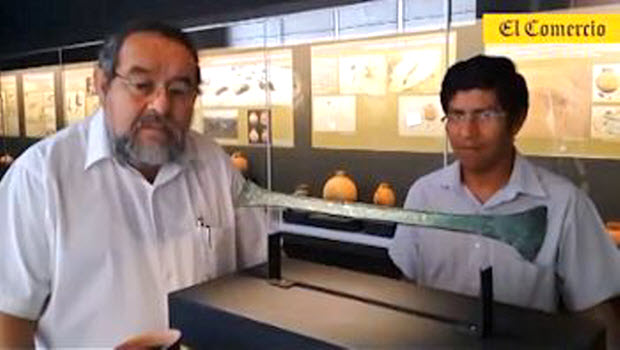
Free exhibit of ancient artifacts from El Chorro tombs
Back in October 2009, Walter Alva, the preeminent archaeologist of Northern Peru, decided to focus his attention on the El Chorro archaeological zone, with little expectation of making any significant finds, according to daily El Comercio.
The site, located in Pomalca, seven miles (12 kilometers) from Chiclayo had been overrun by scores of squatter families, and thoroughly pitted and sacked by the looters Alva has spent his long career battling against.
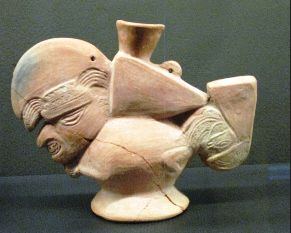
Of the roughly 600 artifacts recovered, 127 went on display last week for a free, two-month exhibit in Royal Tombs of Sipan Museum in Lambayeque.
The occupants of the ancient grave site included important dignitaries, a child and even a dog, ceremonially buried during an overlapping period from the latter years of the Vicus culture through the rise of the Moche civilization.
“The discoveries are between 2,000 and 2,200 years old,” said Alva, the museum’s director. “We found ornaments, weapons and tools that are status symbols, and are related to productive activities.”
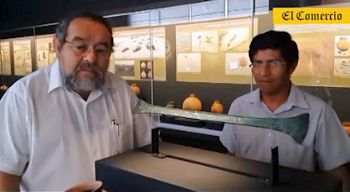
“This piece of copper is a mystery because one end is shaped like a knife and the other resembles a production tool,” he said. “It could have been used as a weapon, it could have been used as a tool, or both … It has a strong ingredient of style linked to the styles of Ecuador and Colombia. It may have been a piece that was imported.”
The archaeologists also unearthed dozens of other copper objects, including spear points and rustic triangular “tumi” knives. Among the ornament gilded copper was nose ring, which the scientists say they are sure is not native to Peru. It, too, is believed to have possibly been produced in Ecuador or Colombia and brought to Peru on an ancient trade route.
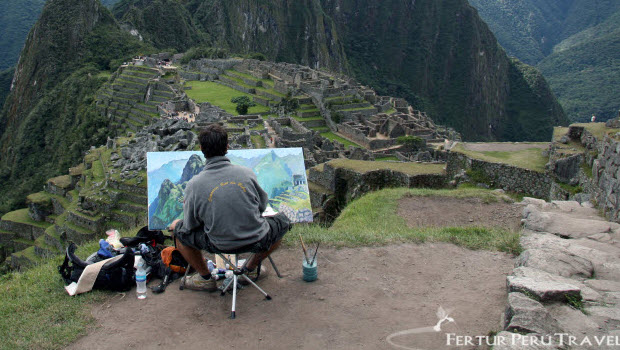 Visitor restrictions to Machu Picchu temporarily lifted
Visitor restrictions to Machu Picchu temporarily lifted  Peru Considers Tax-Free Ticket for International Tourists
Peru Considers Tax-Free Ticket for International Tourists 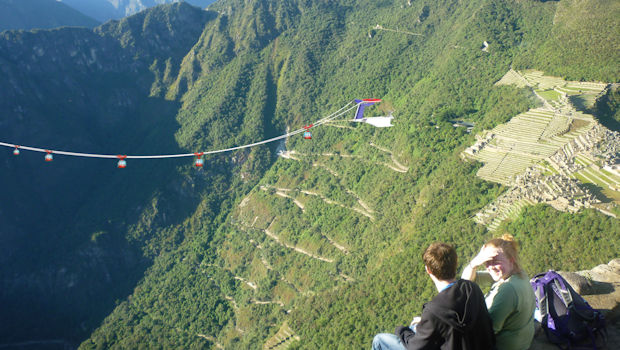 Why the Machu Picchu Cable Car proposal should be rejected
Why the Machu Picchu Cable Car proposal should be rejected 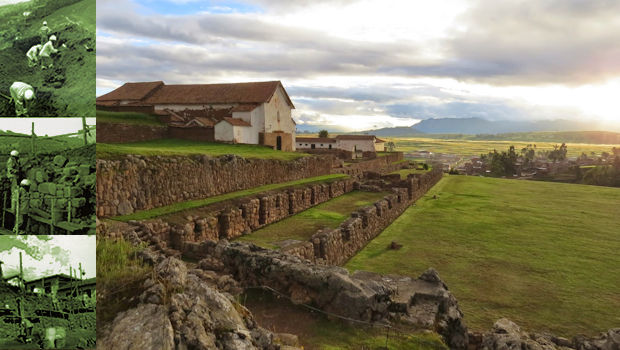 Restoration of the Inca terraces at Chinchero nearly complete
Restoration of the Inca terraces at Chinchero nearly complete 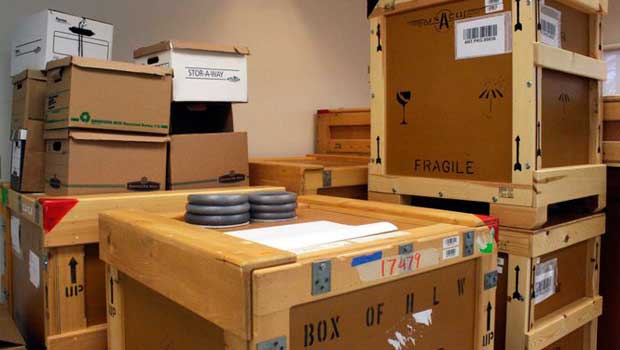 Bickering over Machu Picchu centennial celebration could cause delay of event
Bickering over Machu Picchu centennial celebration could cause delay of event  5 Peruvian Destinations Make TripAdvisor’s Top 25 for South America
5 Peruvian Destinations Make TripAdvisor’s Top 25 for South America 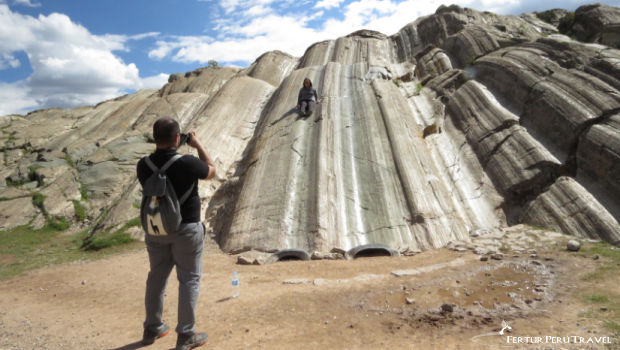 Visit Cusco’s original playground of the Inca at Sacsayhuaman
Visit Cusco’s original playground of the Inca at Sacsayhuaman 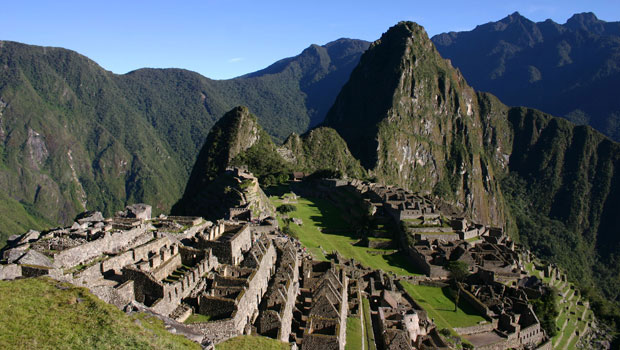 Peruvian Congress pushes for new road access to Machu Picchu
Peruvian Congress pushes for new road access to Machu Picchu